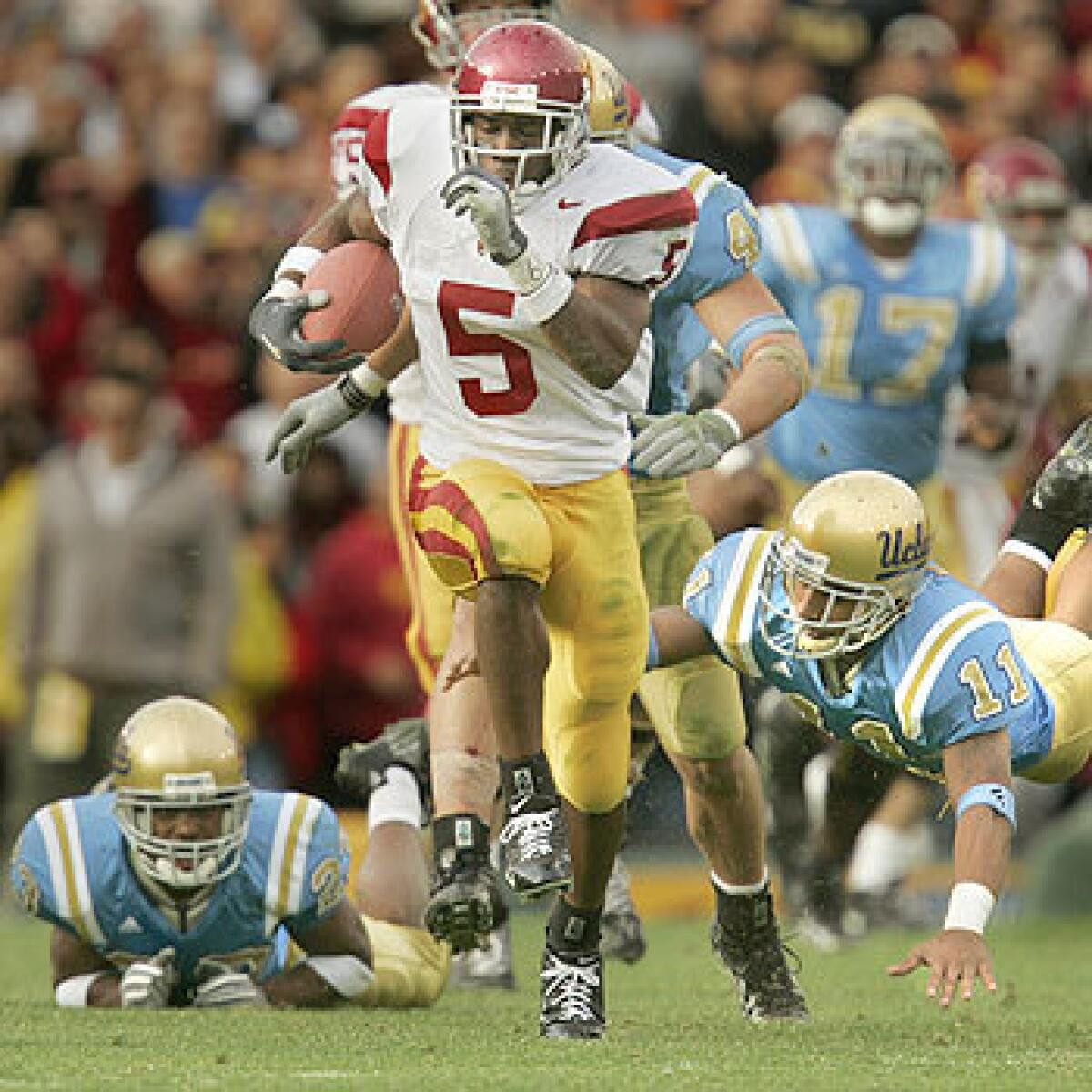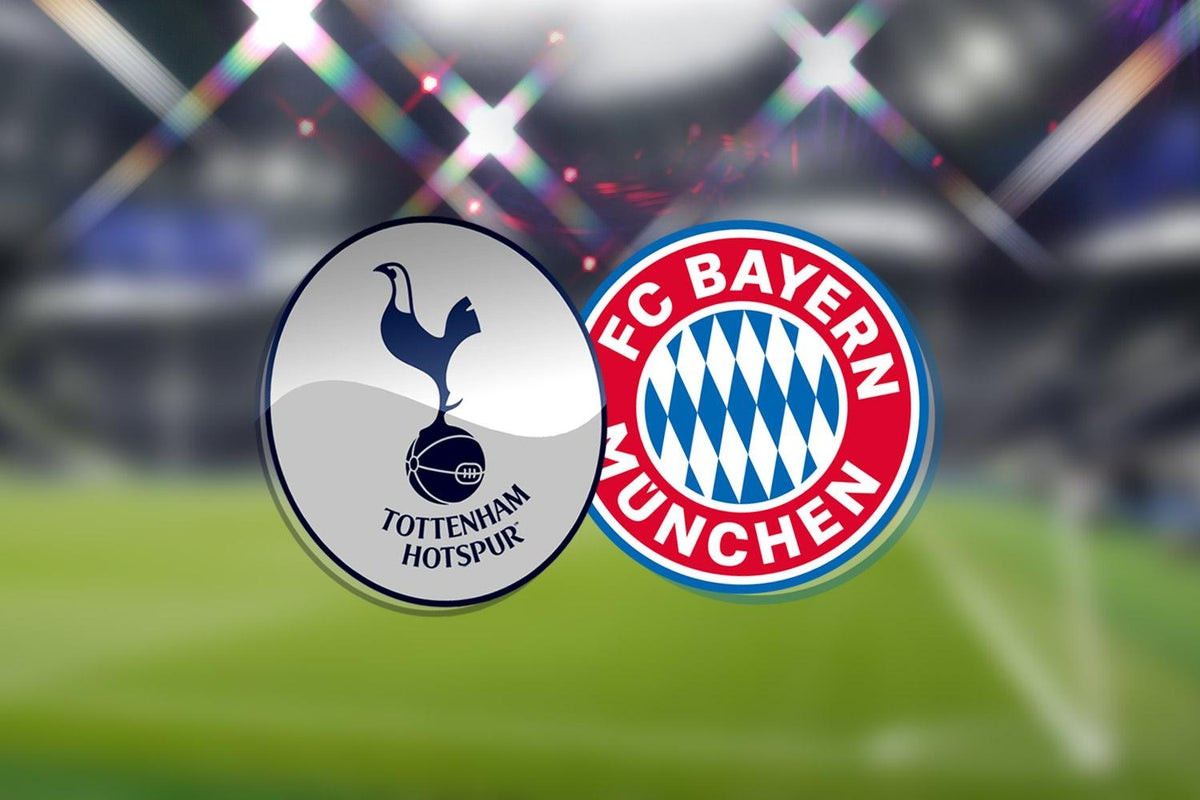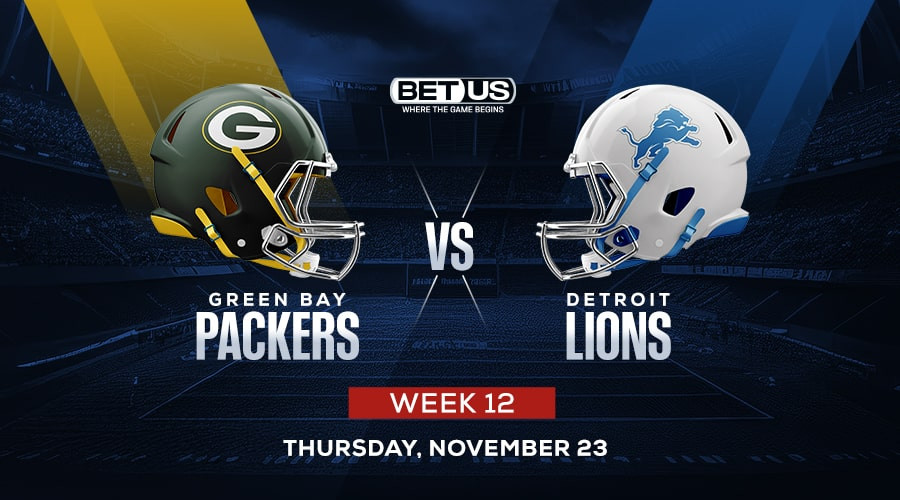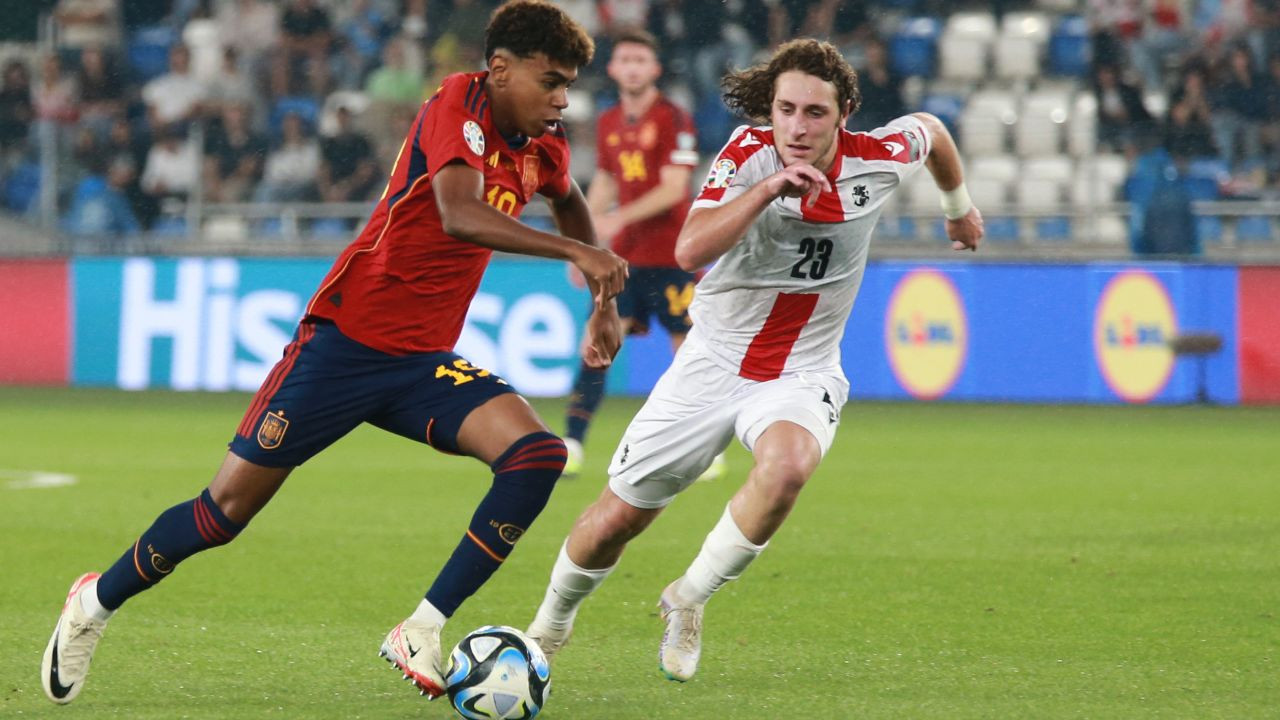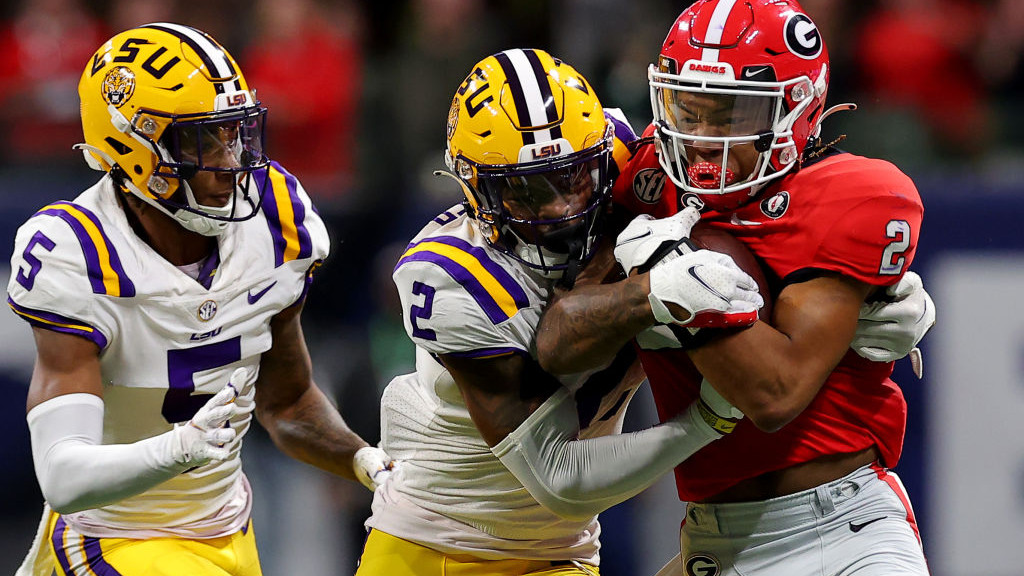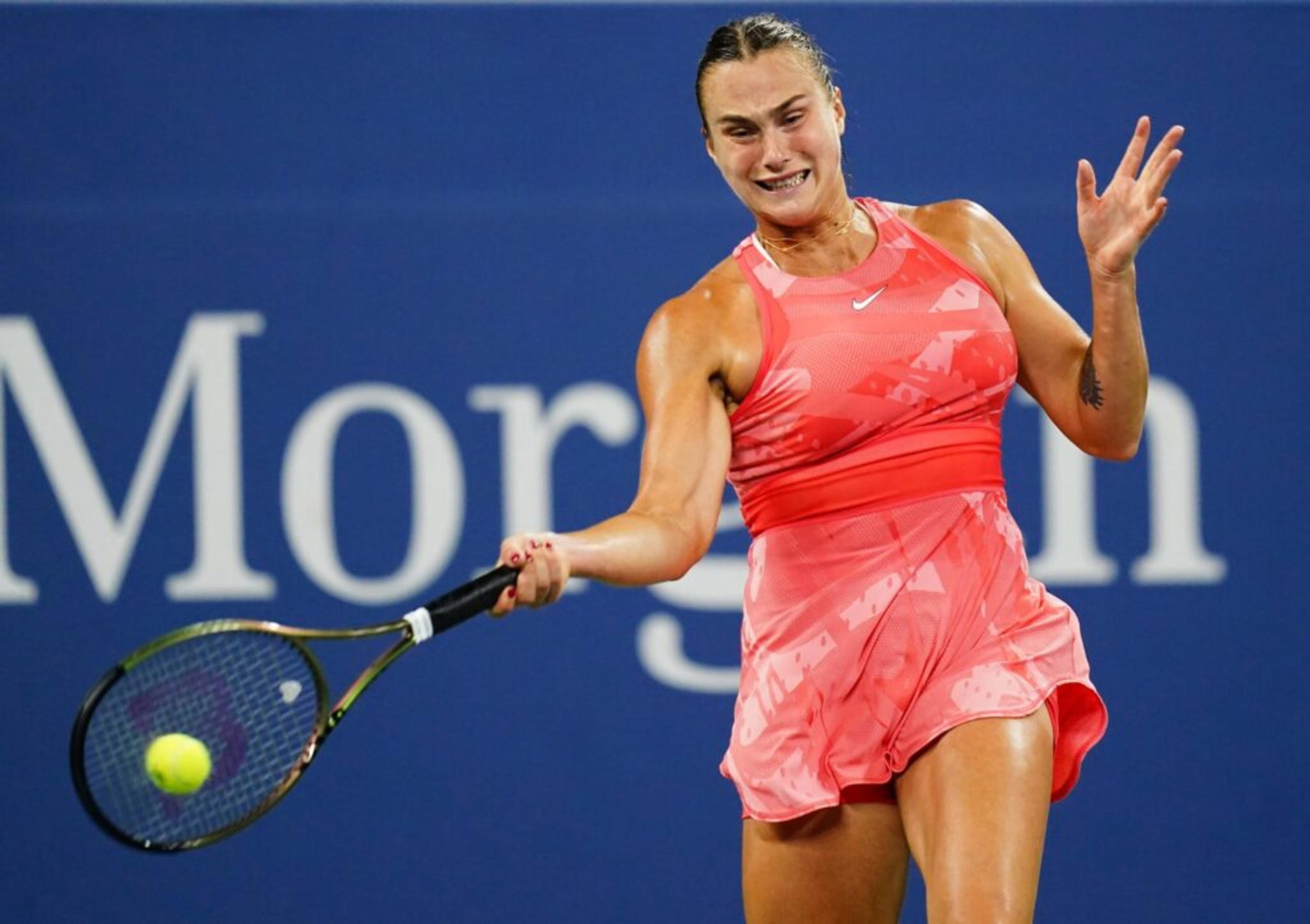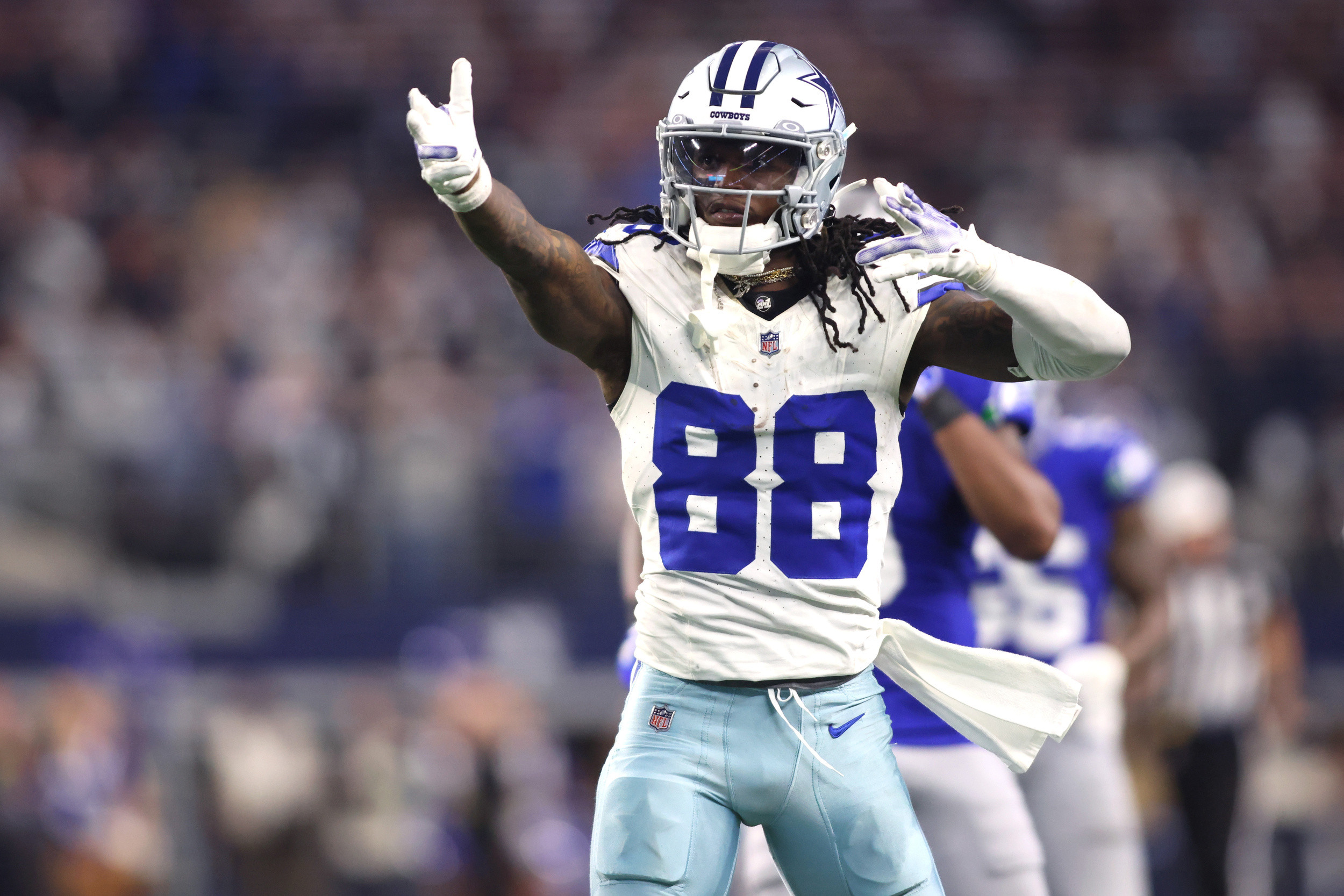Former USC running back and 2005 Heisman Trophy winner Reggie Bush has filed a lawsuit against the university, the Pac-12 and the NCAA, seeking compensation for his name, image and likeness during his time with the program. Bush’s legal team says that the three organizations earned significant compensation thanks to Bush’s “significant popularity” and “prominence” by way of TV contracts, merchandise sales and media rights. The lawsuit argues that even after Bush left USC to play in the NFL, the three entities continued to benefit financially from his reputation “without any acknowledgment of his contribution.”
The lawsuit marks the latest chapter in a long-running saga for Bush. After an NCAA investigation found that Bush had received improper benefits during his time at USC, the NCAA stripped Bush of his Heisman Trophy and USC had to vacate its 2004 national championship. The NCAA also stripped USC of victories in 14 games that Bush played, including that BCS title blowout victory over Oklahoma.
As a result, Bush was not associated with the school in any way until recently. The adoption of name, image and likeness compensation for current college athletes in 2021 prompted action from Bush and his legal team. He began lobbying for his trophy to be returned, and Bush filed a separate, ongoing lawsuit against the NCAA for defamation after a spokesman claimed that Bush was involved in “pay-for-play arrangements.”
Earlier this year, the Heisman Trust reinstated Bush’s award, citing “enormous changes in the college football landscape,” which led to Bush and USC becoming reacquainted. His retired No. 5 jersey — which had been removed from the Los Angeles Memorial Coliseum peristyle after the NCAA sanctions were handed down — was brought back and displayed at USC’s home opener this season.
However, the lawsuit underscores the ongoing tension between college athletes and the NCAA over the issue of NIL compensation. Bush’s lawsuit argues that the NCAA’s rules have historically been designed to benefit the institutions and the NCAA itself at the expense of athletes. The lawsuit is likely to be closely watched as it could have significant implications for the future of college athletics.
The NIL Landscape
The NCAA’s move to allow athletes to earn money from their name, image and likeness (NIL) was a significant step towards acknowledging the economic value of college athletes. However, the implementation of NIL rules has been messy, with varying state laws and a lack of clarity on what constitutes a legitimate NIL deal. This has led to a situation where some athletes are able to secure lucrative deals, while others struggle to find any opportunities at all.
The NCAA’s attempt to settle three antitrust lawsuits related to NIL compensation for athletes, with a proposed $2.78bn payout to hundreds of thousands of college athletes, highlights the complexities of the issue. The settlement agreement also lays out a framework for schools to directly share up to $22 million in revenue with athletes going forward.
The Future of College Athletics
The NCAA’s new rules and the lawsuits filed by former athletes are forcing a reckoning in college athletics. The old model of amateurism is no longer sustainable, and the NCAA is facing growing pressure to change its rules. The question is whether the NCAA will be able to adapt to these changing times or whether college athletics will ultimately become a system more akin to professional leagues.
Bush’s lawsuit is a powerful statement about the need for fairness and transparency in college athletics. It is also a reminder that college athletes are not just students; they are also athletes who have a right to be compensated for their work. This case will have major implications for the future of college athletics, and it will be interesting to see how it unfolds.
The Final Whistle
The echoes of the “student-athlete” lie are ringing louder than ever. As the NCAA faces a barrage of lawsuits and the NIL landscape continues to evolve, the future of college athletics will be determined by the courts and the players themselves. It’s time for a system that prioritizes the welfare of the athletes, not the institutions.




